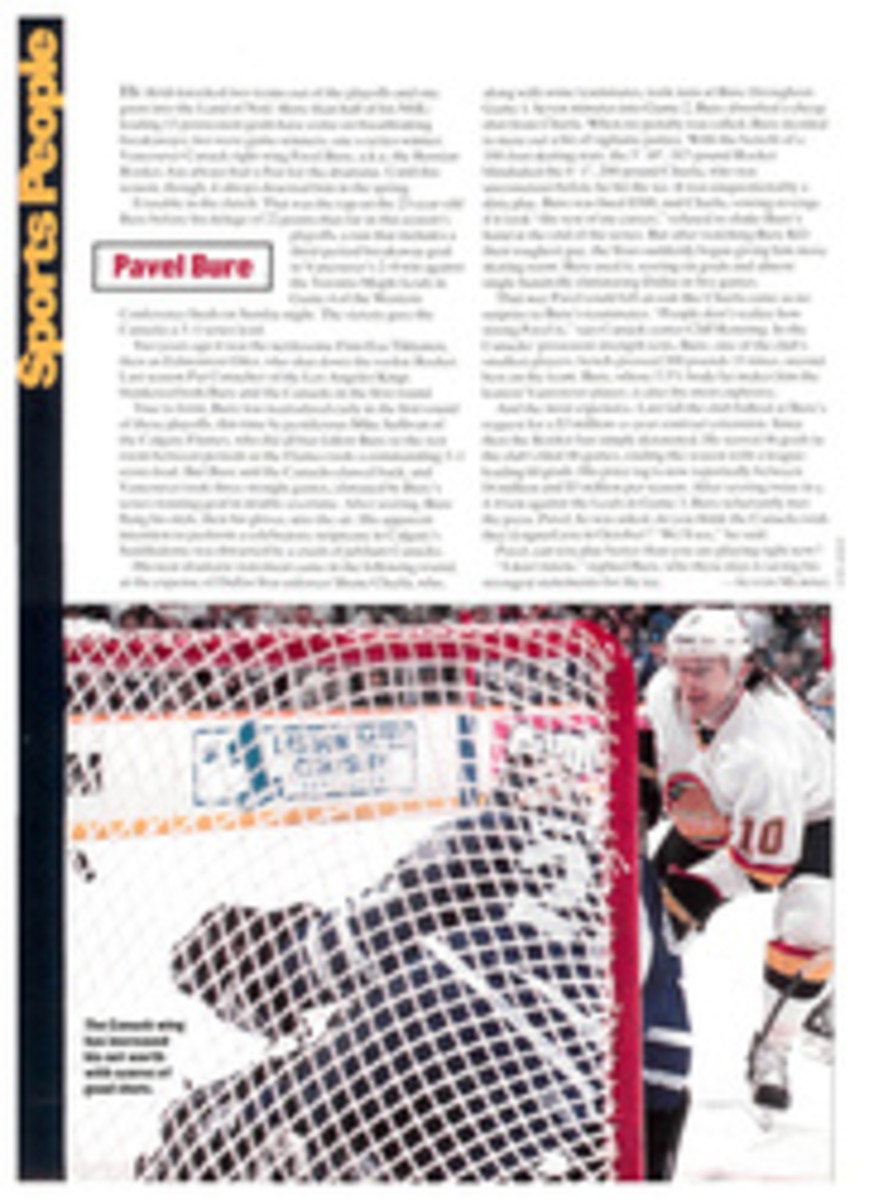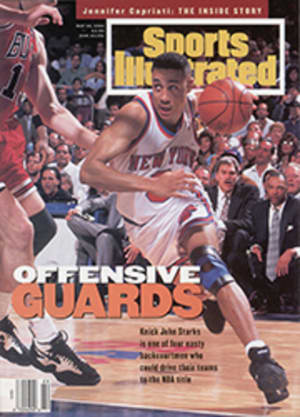
Carl Lewis
Carl Lewis's head is, as usual, a hive of activity, humming with plans and schemes and business ventures. Throughout his long and remarkable career, Lewis has always given the impression of being in motion. Even when standing still, he's racing ahead, into the future.
Lewis turns 33 on July 1, but forget what you've heard about old dogs and new tricks. It's a good thing Lewis is a sprinter, because he wouldn't have room in his schedule for anything as time consuming as the mile. He is pushing his new line of KING CARL hats and T-shirts in Asia and Europe, helping to coach sprinters at the University of Houston and getting ready to move into the new house he has had built in Houston.
And he has been competing. On April 17, at the Mount SAC Relays in Walnut, Calif., Lewis and Santa Monica Track Club teammates Mike Marsh, Leroy Burrell and Floyd Heard broke their own world record for the 4 X 200 relay, clocking 1:18.68. On May 7 in the Houston Invitational, Lewis ran 10.04 for the 100, the fastest he has run so early in the season since 1984. And on Sunday in Manhattan he won the long jump at the New York Games. It was his first competitive jump since winning the gold medal at the 1992 Olympics, and he showed the effects of the 20-month layoff. He had only four jumps beyond 27 feet, winning with a wind-aided leap of 27'8¾", 4¼" ahead of Kareem Streete-Thompson. "I thought I'd go over 28 feet," Lewis said. "I don't expect to jump this short again."
Lewis has something to prove. By his own lofty standards, he had a bad year in 1993, winning just one medal at last August's World Championships, a bronze in the 200. "I was never 100 percent," he says, referring to the back injury he suffered in a car accident in February '93. Lewis took 2½ months off after the worlds, and the rest seems to have rejuvenated him. Says Tom Tellez, his coach of 15 years, "Carl doesn't surprise me, since I see him train every day, but he is amazing. I think he's better in the long jump now."
Lewis is looking as far down the road as the '96 Olympics. The only goals left him are truly Olympian. "I believe the most golds anyone's won are 10," Lewis says coyly, referring to turn-of-the-century jumper Ray Ewry, all of whose medals came in the now defunct standing jumps. Lewis is only two medals short of Ewry. He also knows he could match discus thrower Al Oerter's record of four straight golds in a single event—in Lewis's case, the long jump.
Yet part of Lewis's fascinating legacy is the ambivalence still felt about him by the track and field world. The other athletes resent the clout Lewis's talent gives him on the lucrative European circuit, where he moves in another universe. The promoters resent how much they need him. And Lewis remains perplexing. What, for example, are we to make of the ad he has done for Pirelli, the Italian tire manufacturer? Shot by celebrity photographer Annie Leibovitz and plastered on billboards all over Italy and Great Britain, the ad shows Lewis with his butt up in the "set" position, wearing a pair of candy-red stiletto heels. The ad grabs your attention, all right, but it seems a curious choice given the lengths Lewis went to in his 1990 autobiography to dismiss long-standing rumors that he is gay. "I can't believe a little ad we did got all that attention," he insists. "I was surprised but elated. They're expanding the campaign. It's nice to know you can still get attention,"
That he does. Especially on the track.
PHOTO
JOHN IACONO
The track star won his first long-jump competition in two years on the heels of a curious European ad campaign (right).
PHOTO
BOB MARTIN
[See caption above.]

